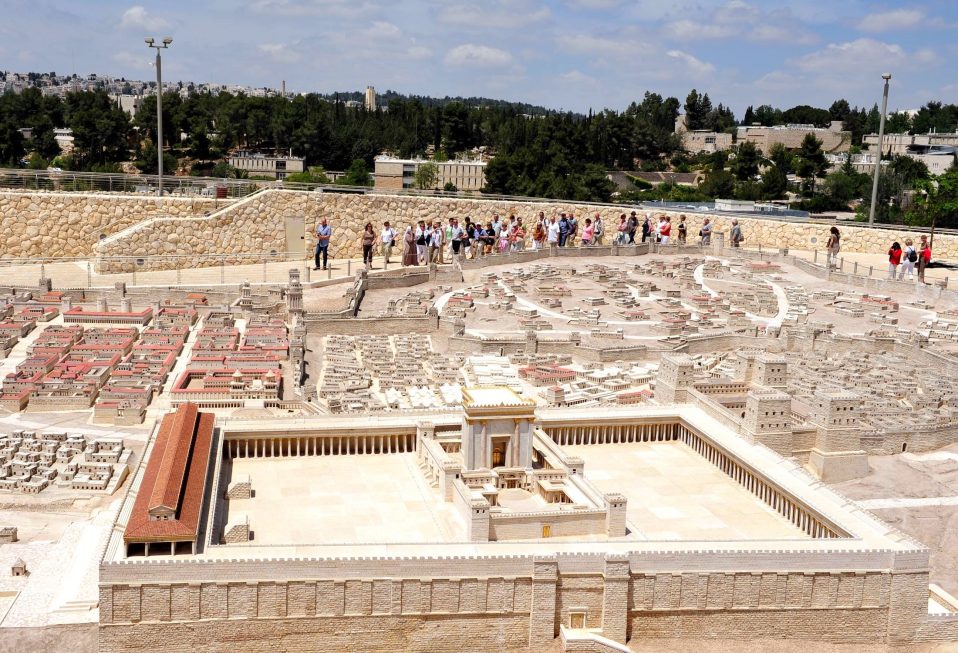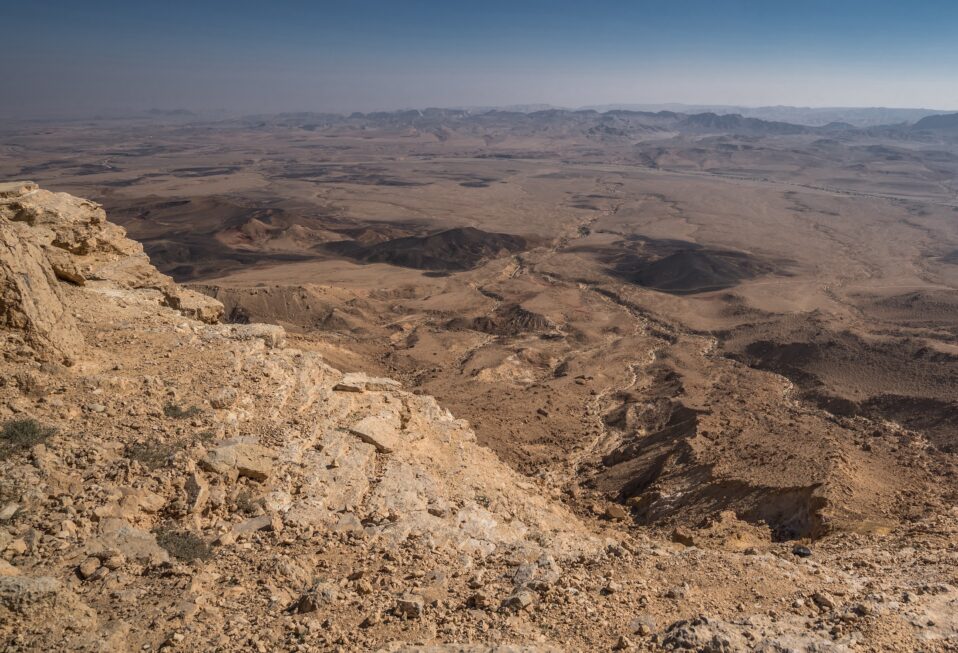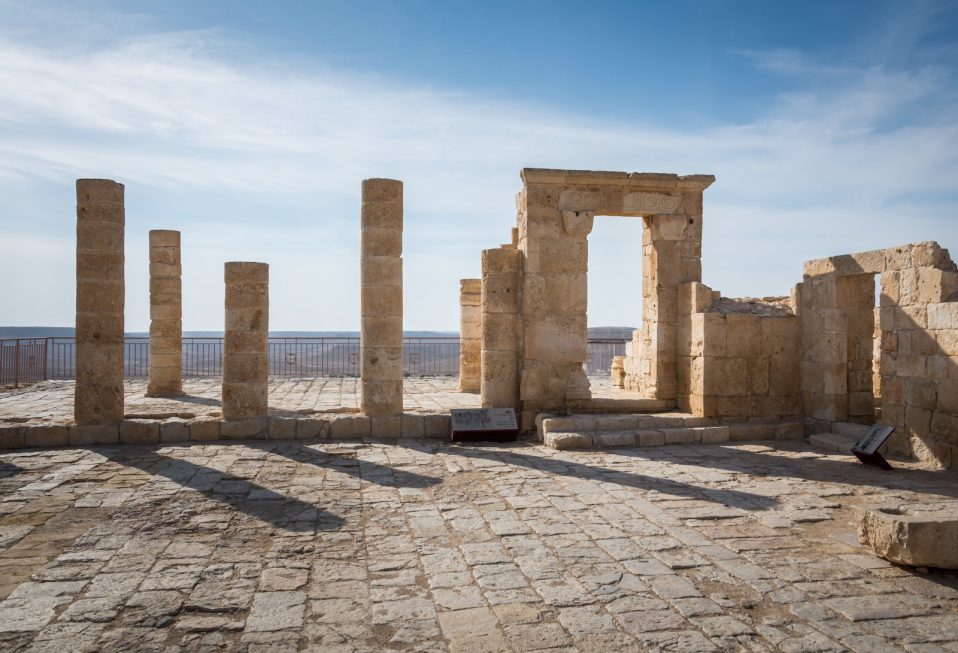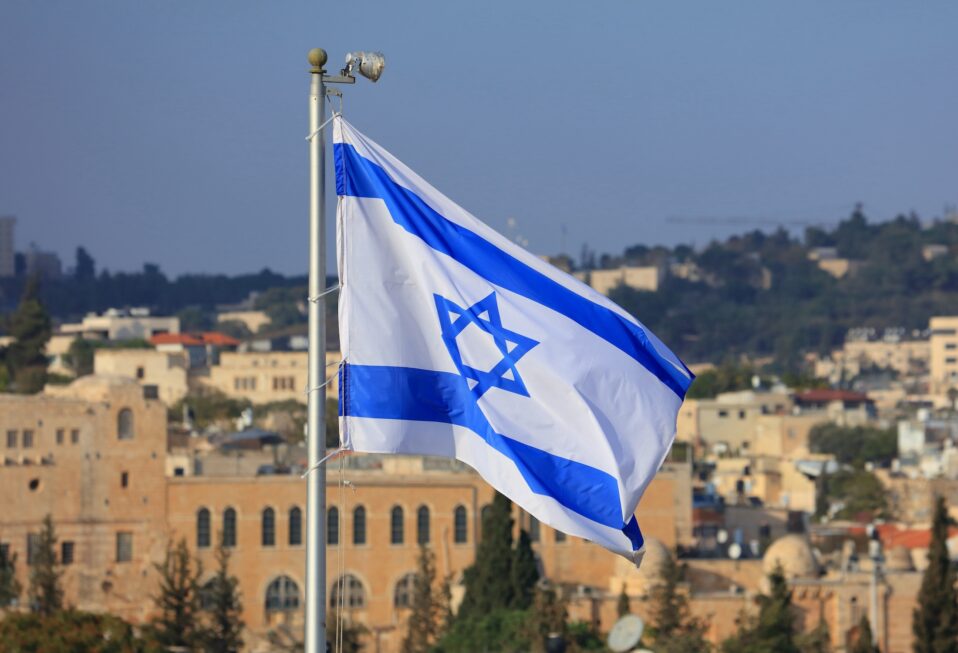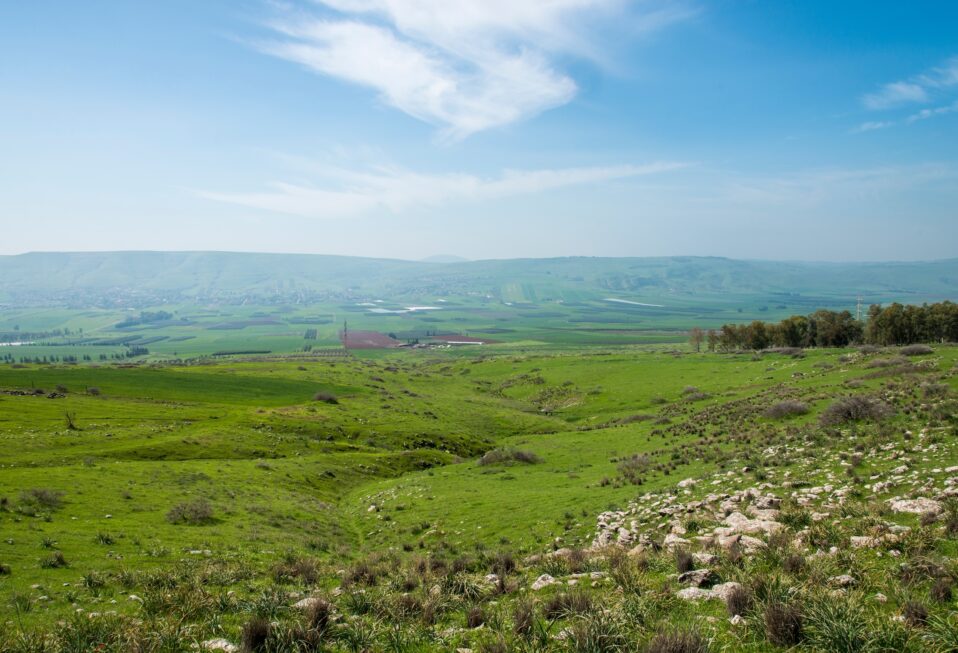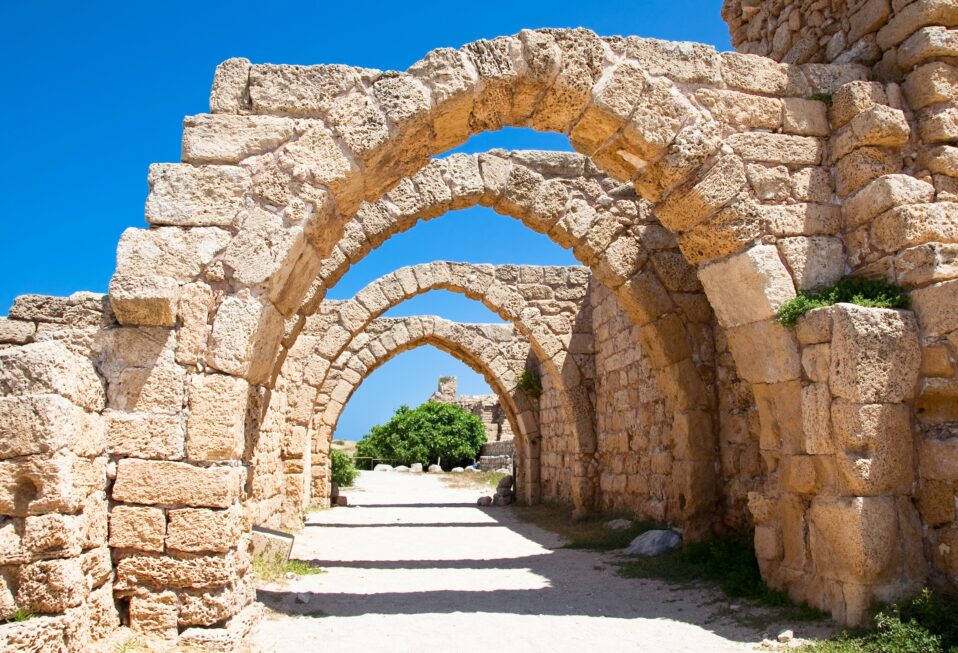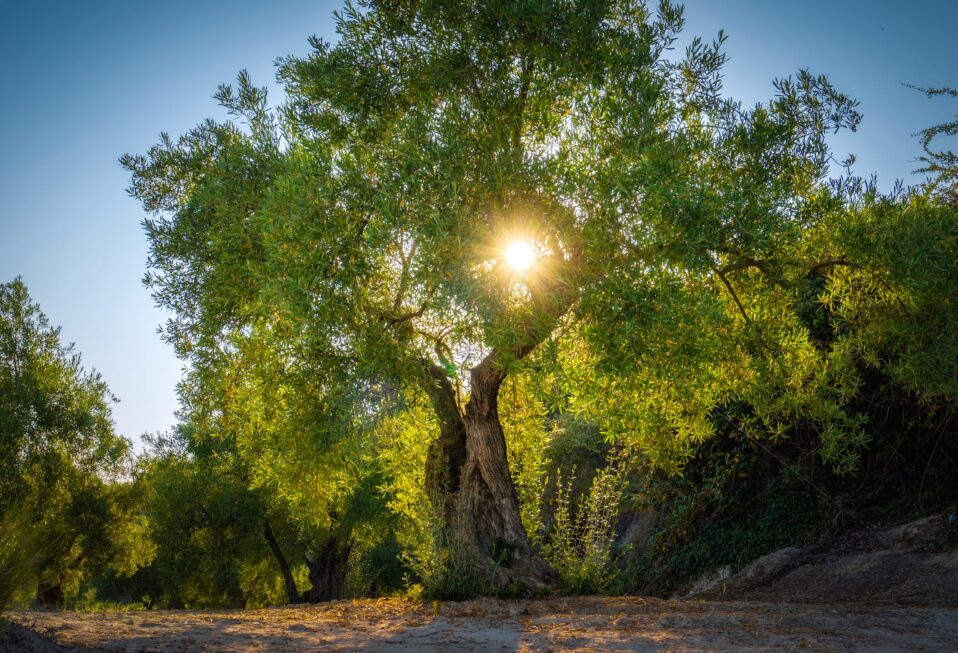By Arlene Bridges Samuels
If you are a fan of American Idol, you may also be a fan of the Eurovision Song Contest that’s been held for the last 69 years throughout Europe. Last Saturday—in a venue in Basel, Switzerland—Israelis at home and in the Israeli delegation joyously celebrated Yuval Raphael’s second-place win. The 24-year-old’s voice electrified listeners with her enthralling song “New Day Will Rise,” written by Israeli songwriter Keren Peles.
Yuval speaks three languages, and the lyrics, mostly in English, also include Hebrew and French. She observes, “The song represents the healing that we all need and the optimism for the days ahead.”
The chorus reflects the enduring hopes amid tragedy and trauma that Israel continues to display, especially since October 7, 2023:
“New day will rise
Life will go on
Everyone cries
Don’t cry alone
Darkness will fade
All the pain will go by
But we will stay.”
Yuval had the backing of her nation after she won Israel’s “The Next Star for Eurovision” in January 2025. But the respect and admiration she enjoyed from Israelis was far deeper than fame. She is a survivor of the October 7 Hamas massacre at the Nova Festival near Re’im on the Gaza border.
When Yuval stepped onto the dazzling stage at the Eurovision Finale on May 17, she sang not as someone who had stepped out of a bullet-ridden deathtrap. She sang as a survivor—and for Israel, her beloved homeland.
In the months after October 7, the singer faced post-traumatic stress disorder and survivor’s guilt. In an Israel Hayom interview, she nevertheless made her future clear. “I decided I wasn’t going to live my life with PTSD. I wanted to turn my pain into something meaningful.” That is what Yuval did by advocating for survivors of the Nova massacre. She traveled to the United States and Europe with a weighty goal. “People need to know what happened. They need to hear it from someone who was there.”
Representing Israel in the Eurovision competition gave Yuval a worldwide stage—with “New Day Will Rise,” her interviews, and the merciless outrage from protesters, both before and during the weeks of rehearsal and the May 17 finale.
Reading part of her story below, you will understand that the anti-Israel, anti-Jew protestors are not done with their diabolic behavior, even at a famous music competition. Thousands screamed their hatred for Israel outside the venue. During Yuval’s performance, three British pro-Palestinian activists tried to storm the stage before being arrested by alert Swiss police. Despite plentiful applause, some booing broke out. Far worse, the event organizers had to evacuate the Israeli delegation to keep them safe.
Yuval knew she would face ongoing hostilities after the October 7 massacres. “But that’s exactly why I have to go,” she said. “I want to stand on that stage, wrapped in the Israeli flag, and make sure the world hears our story.”
Here is that story. When Hamas invaded the Nova festival and turned unbridled joy into waves of terror, Yuval’s harrowing experience was amplified by gunfire, screams, and death. She and her friends found refuge in a small roadside bomb shelter, where more than 40 had run for their lives.
But Hamas terrorists discovered the frightened group inside the shelter. As they began firing, Yuval called her father, Zvika Raphael, to tell him “I am alive.” Their conversation became part of a defining recording of the massacre.
Yuval whispered, “Dad, there are dead people on top of me. Please, send the police.” Zvika wisely replied, “Play dead. Do not move. If they think you’re dead, they’ll leave you alone.”
Yuval quickly passed her father’s advice on to the huddled group. “Every single time that we hear them coming, we have to play dead.” The terrorists came back many times, shooting anyone who moved and throwing grenades inside. Even after she was hit by shrapnel herself, she remained still and quiet.
Seven hours passed before security forces finally reached the roadside shelter. Yuval later described that she was “pinned under corpses and soaked in blood. I kept saying to myself, ‘Don’t breathe. Don’t move. Stay dead.’” Only 11 of the people in that shelter survived. After the rescue, Yuval kept “looking at the sky and could not believe I was alive.”
Some may wonder why Yuval and Israelis were thrilled with her second place win at Eurovision. Many factors were at play. For example, in the powerful ballad “New Day Will Rise,” the public voted the song into first place with 297 points, but in the jury vote she received only 14th place. The lyrics and meaning of the song permeated the public response. Hopefully, enemies will finally see the light.
In recent interviews, she emphasized that the “real victory’” will be won when the hostages are home. Yuval hopes that she gave Israelis a “moment of peace amid the madness of war and to make them proud,” adding that she will “be grateful for our nation every day of my life.”
Austria’s singer JJ won first place at Eurovision, and Yuval noted his “incredible vocals.” She said, “I’m very proud of him. He deserves it.”
Yuval Raphael may have been Eurovision’s second-place winner, but she won first place in the hearts of Israelis and the voting public for her passionate, flawless rendition of “New Day Will Rise.”
The singer’s inspiring outlook is indicative of a winner who has suffered trauma, then turned it into a testimony to bring hope to others. She feels she has “won at life!”
At the end of her performance, Yuval shouted, “Thank you Europe! Am Yisrael Chai.” We echo the same for our Israeli and Jewish friends worldwide:
Am Yisrael Chai, the People of Israel Live!
We welcome you to join our CBN Israel team to pray for Israel. In 1 Chronicles 13:8, we’re reminded that David and all Israel were celebrating in God’s presence with all their might, with songs, with lyres, harps, tambourines, symbols and trumpets.
Prayer Points:
- Pray that creative displays of music, art, and film will inspire more support for Israel.
- Pray that “New Day Will Rise” will top music charts worldwide.
- Pray for IDF members as they conduct Operation Gideon’s Chariot in Gaza.
- Pray that the hostages—whether alive or dead—will be found and brought back home.
Arlene Bridges Samuels is the weekly feature columnist for CBN Israel since 2020. Working on the staff of the American Israel Public Affairs Committee (AIPAC) as their SE Regional Outreach Director for nine years, International Christian Embassy Jerusalem USA engaged her as the Leadership Outreach Director part-time for their project American Christian Leaders for Israel. Arlene is an author at The Blogs-Times of Israel, is published at AllIsrael.com and The Jerusalem Connection, and has traveled to Israel since 1990. By invitation, she attends Israel’s Government Press Office Christian Media Summits as part of Christian media worldwide. In 2024, Arlene and her husband Paul co-authored Mental Health Meltdown: Illuminating the Voices of Bipolar and Other Mental Illnesses. www.TheMentalHealthMeltdown.com.



